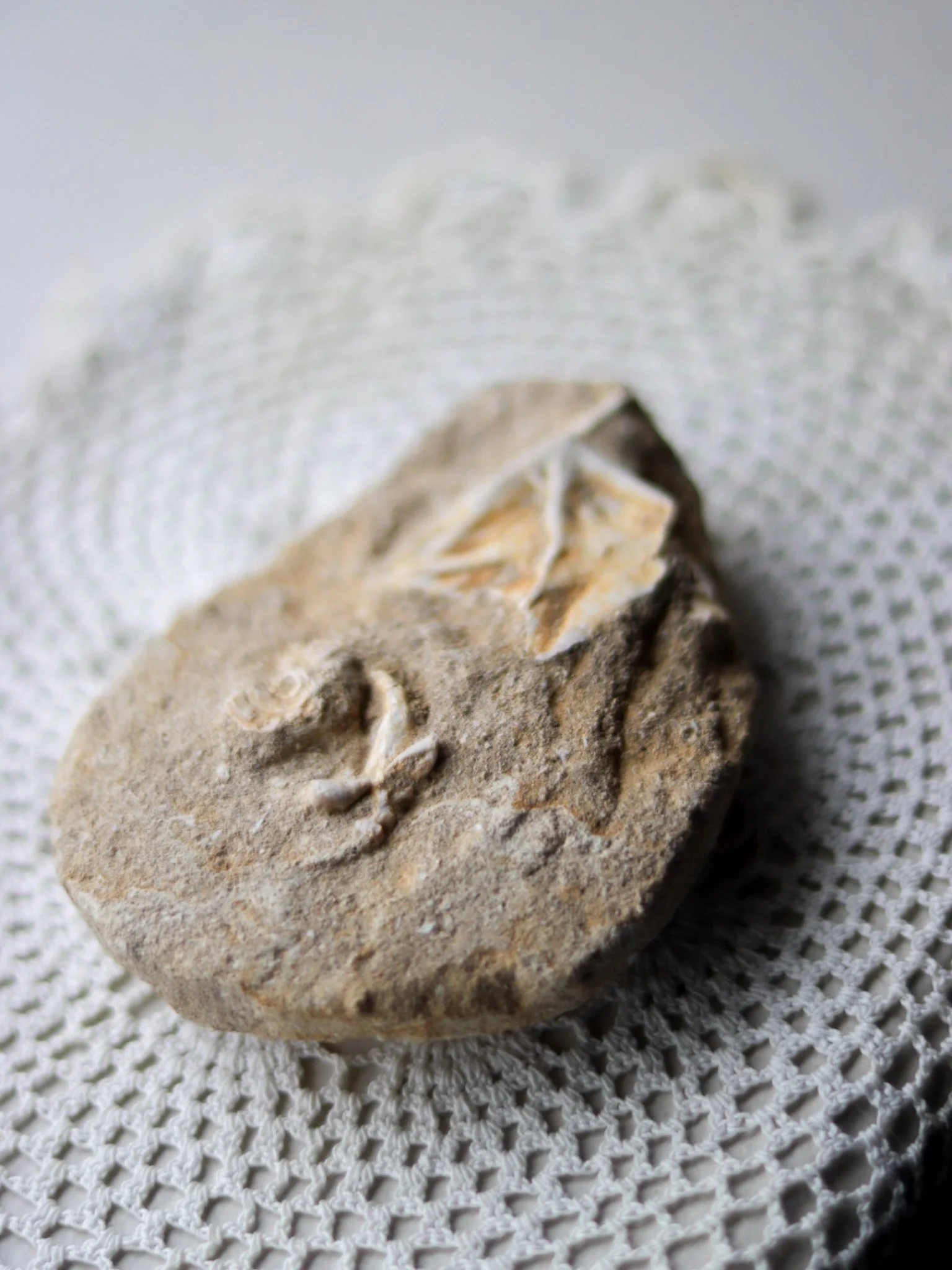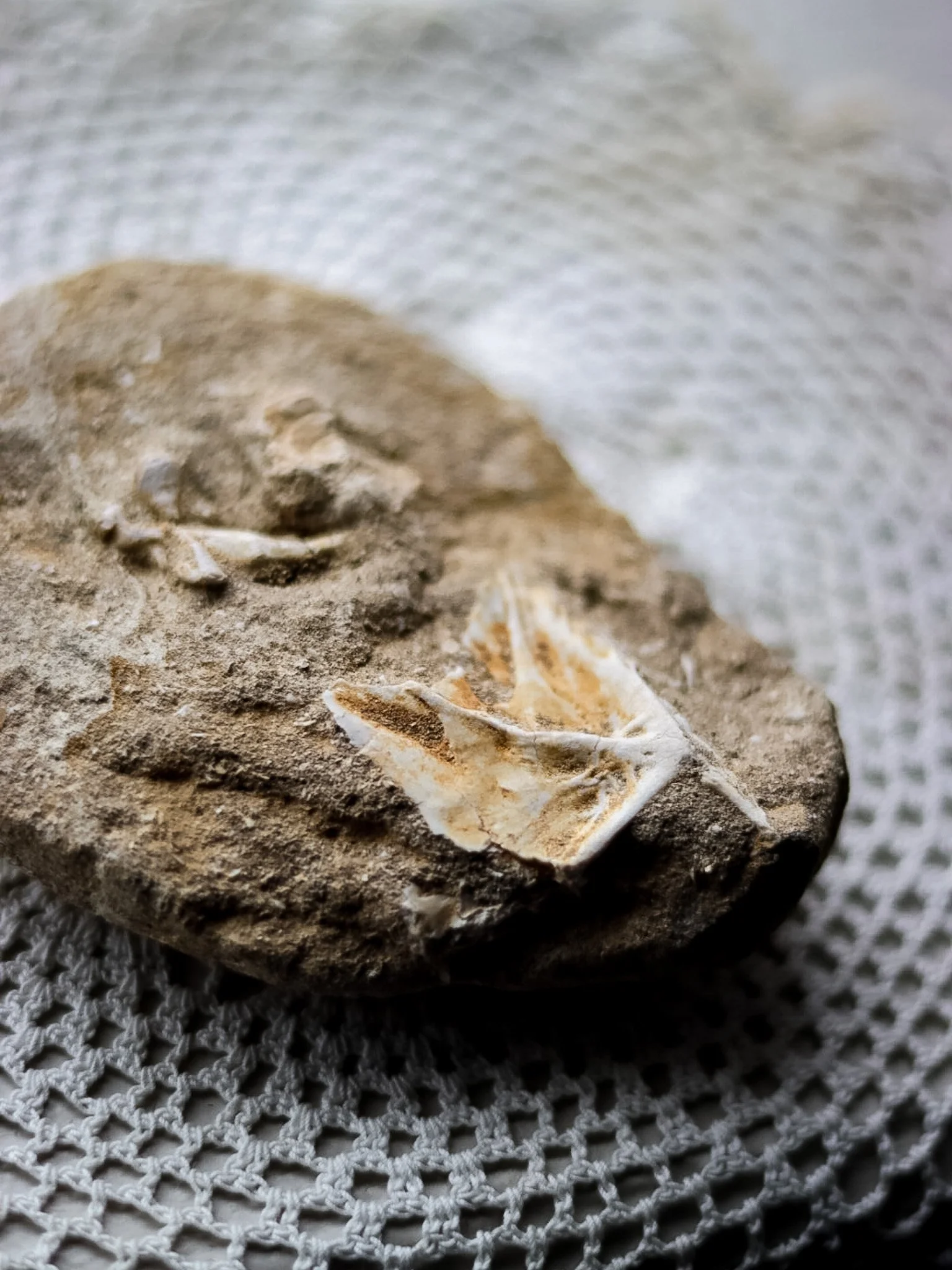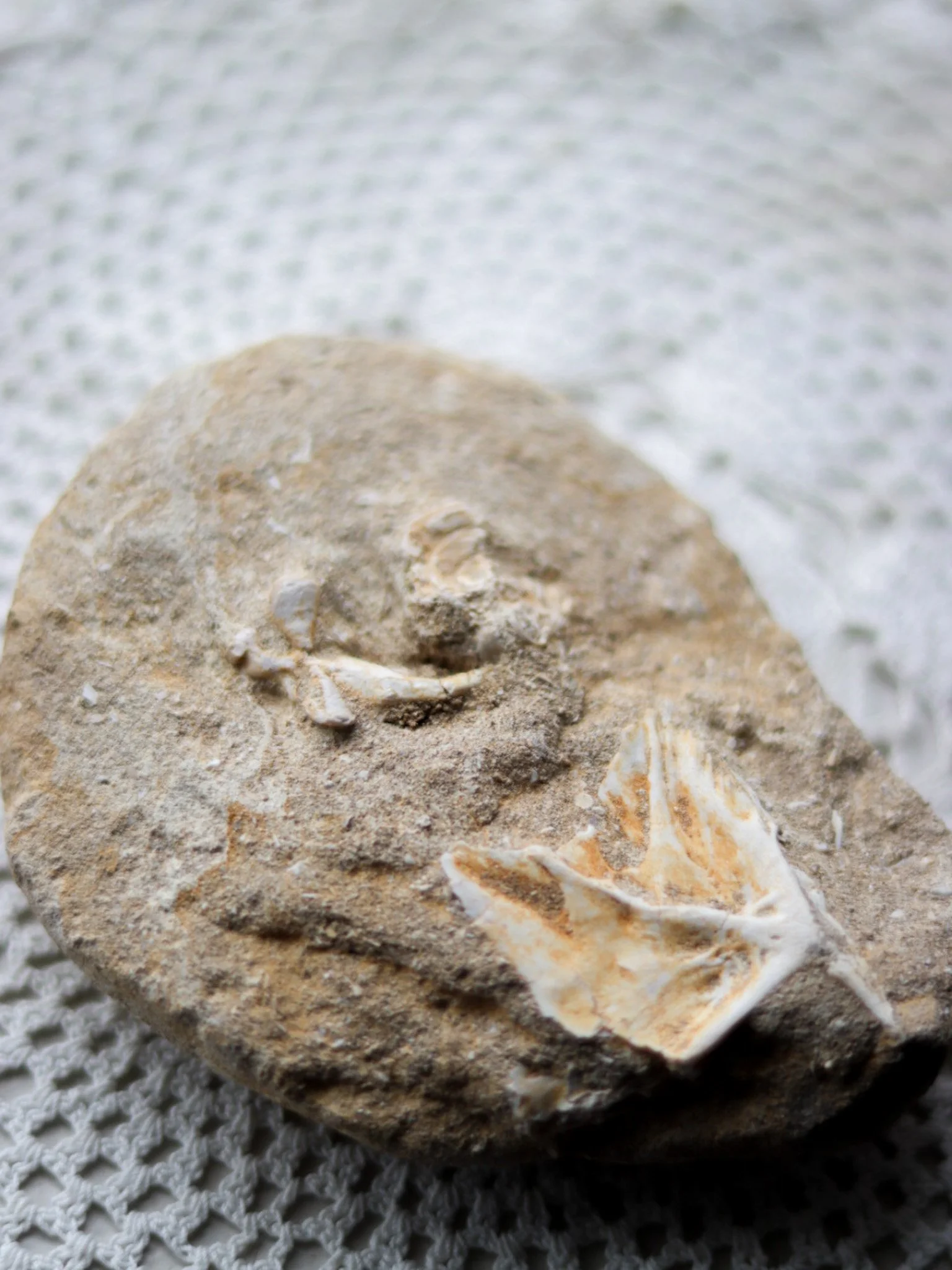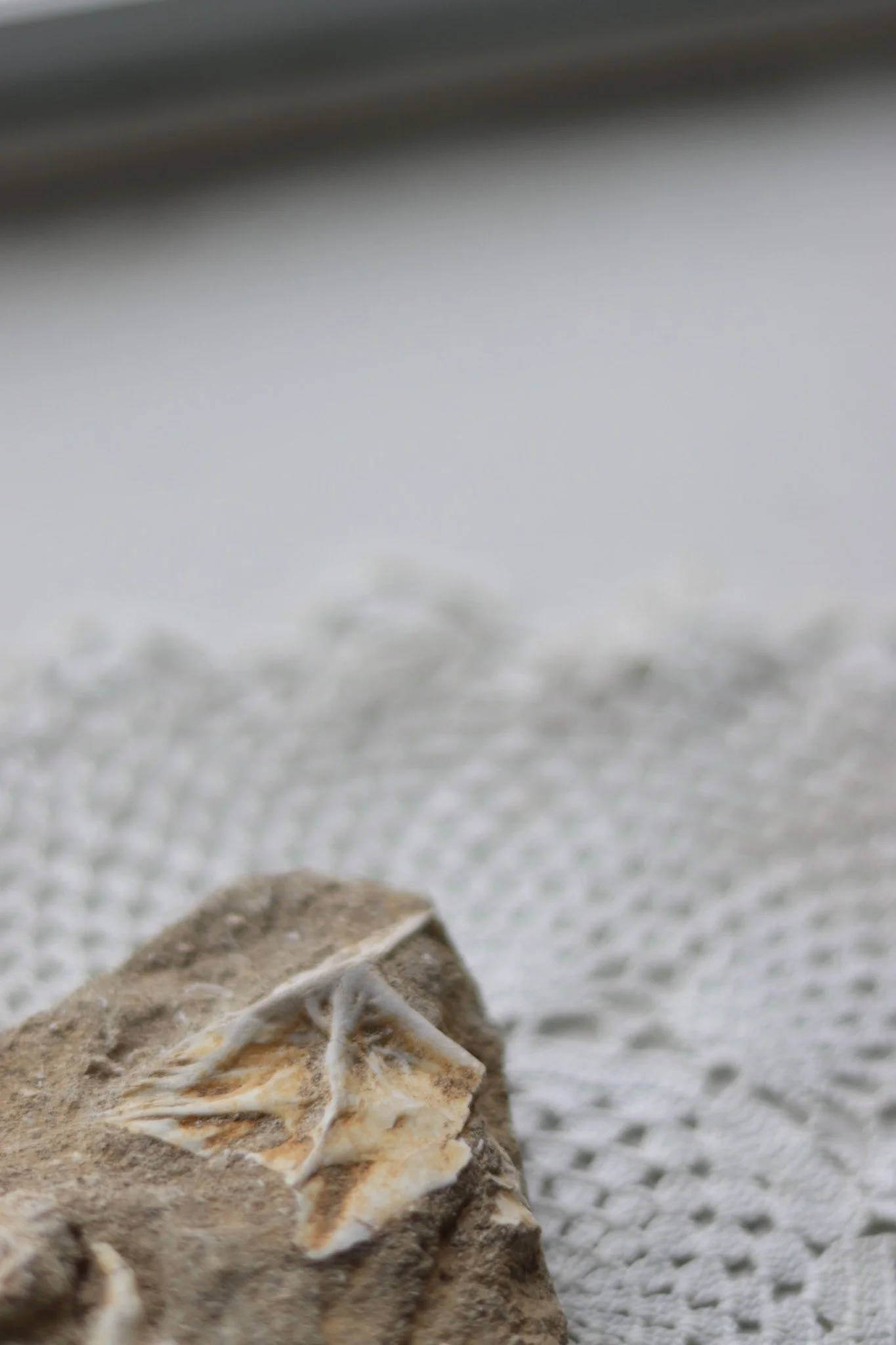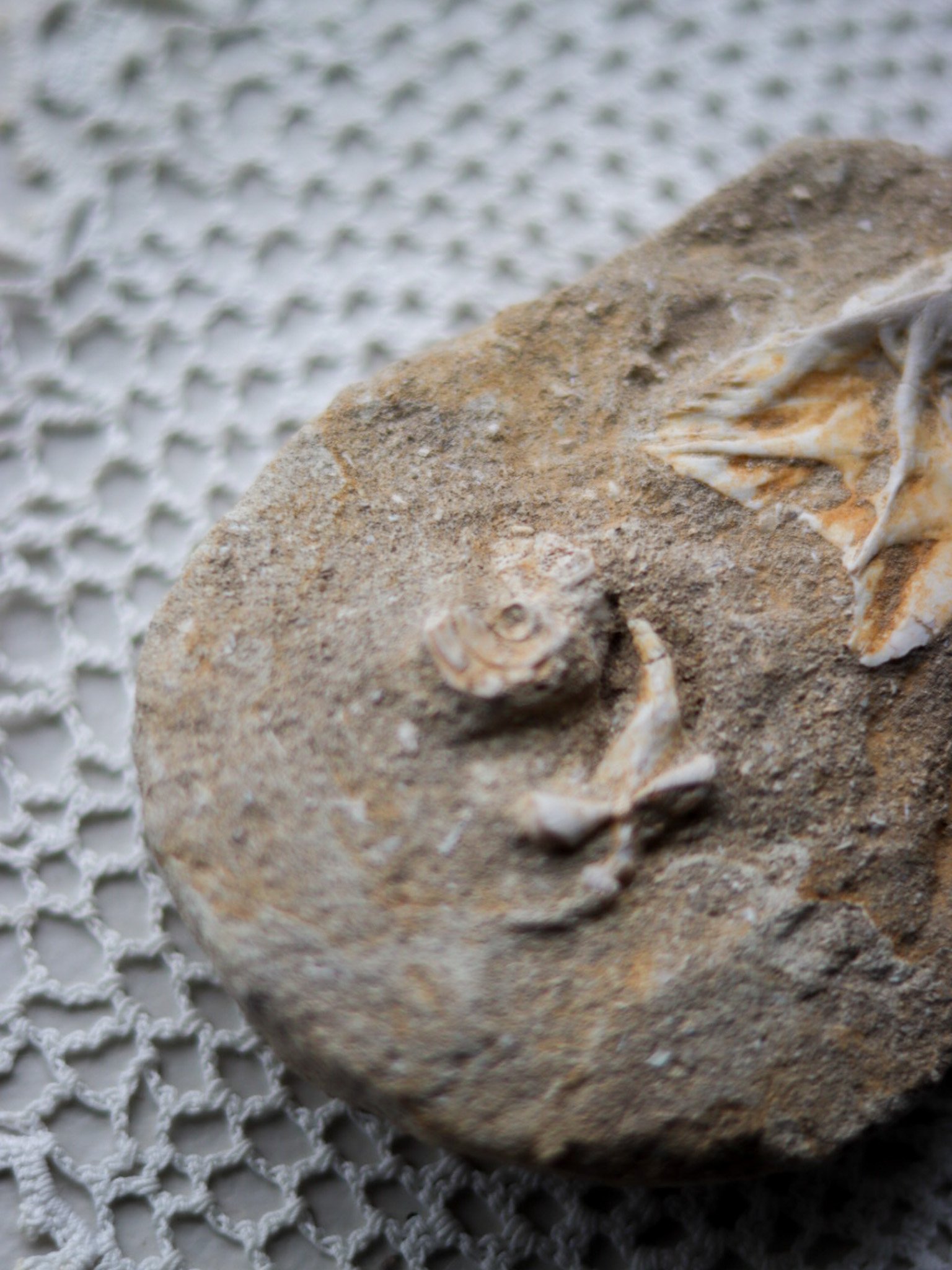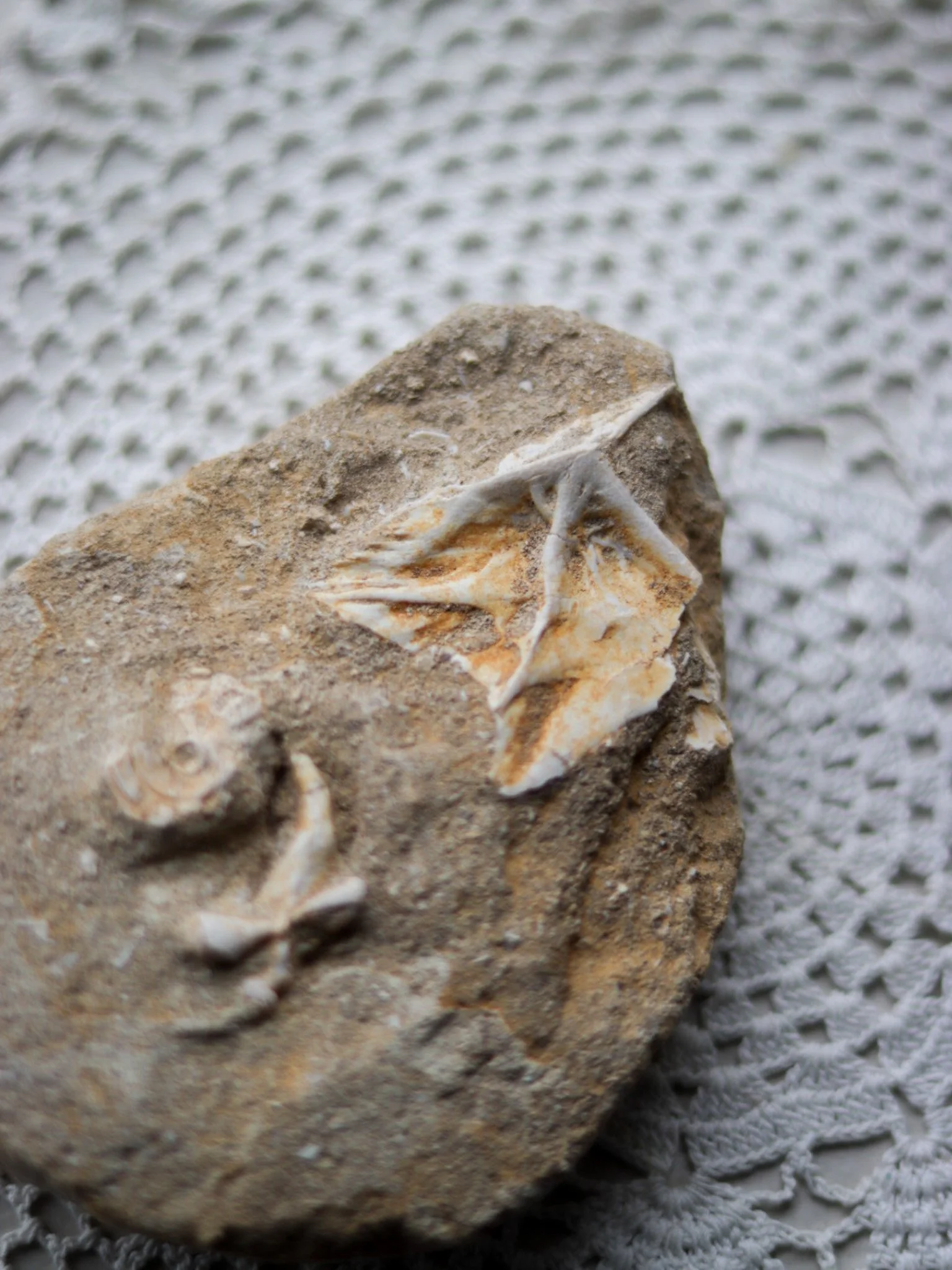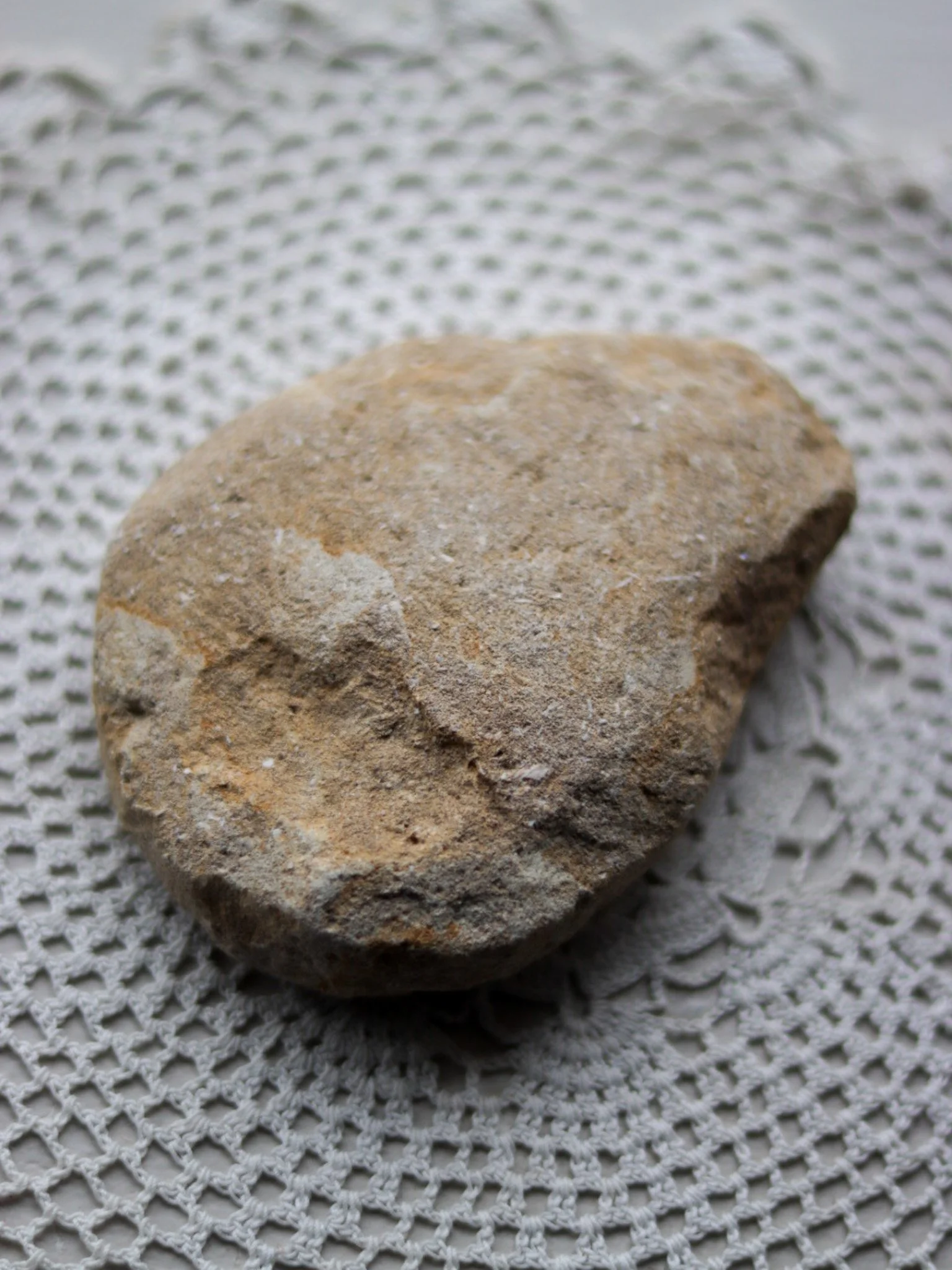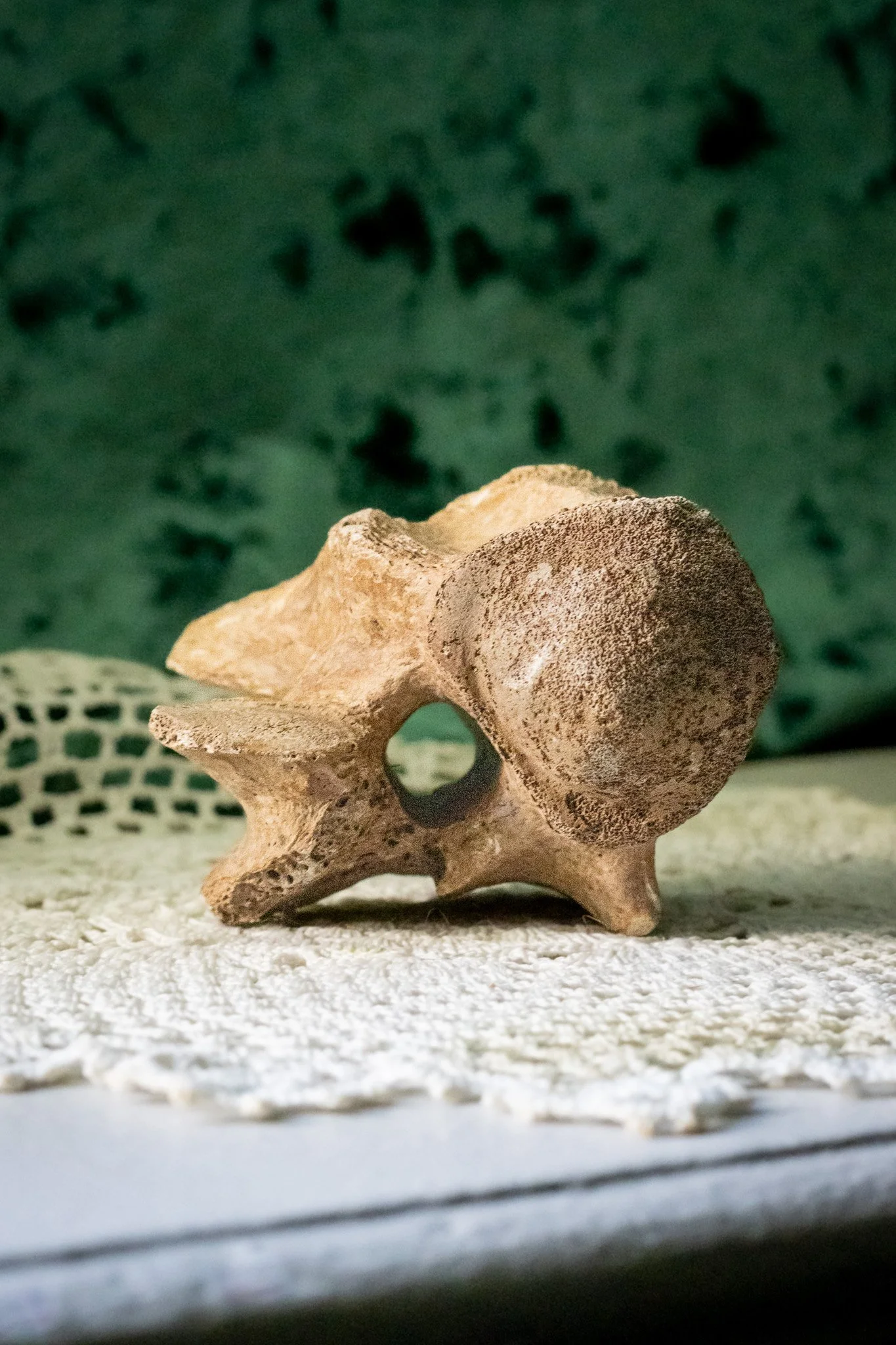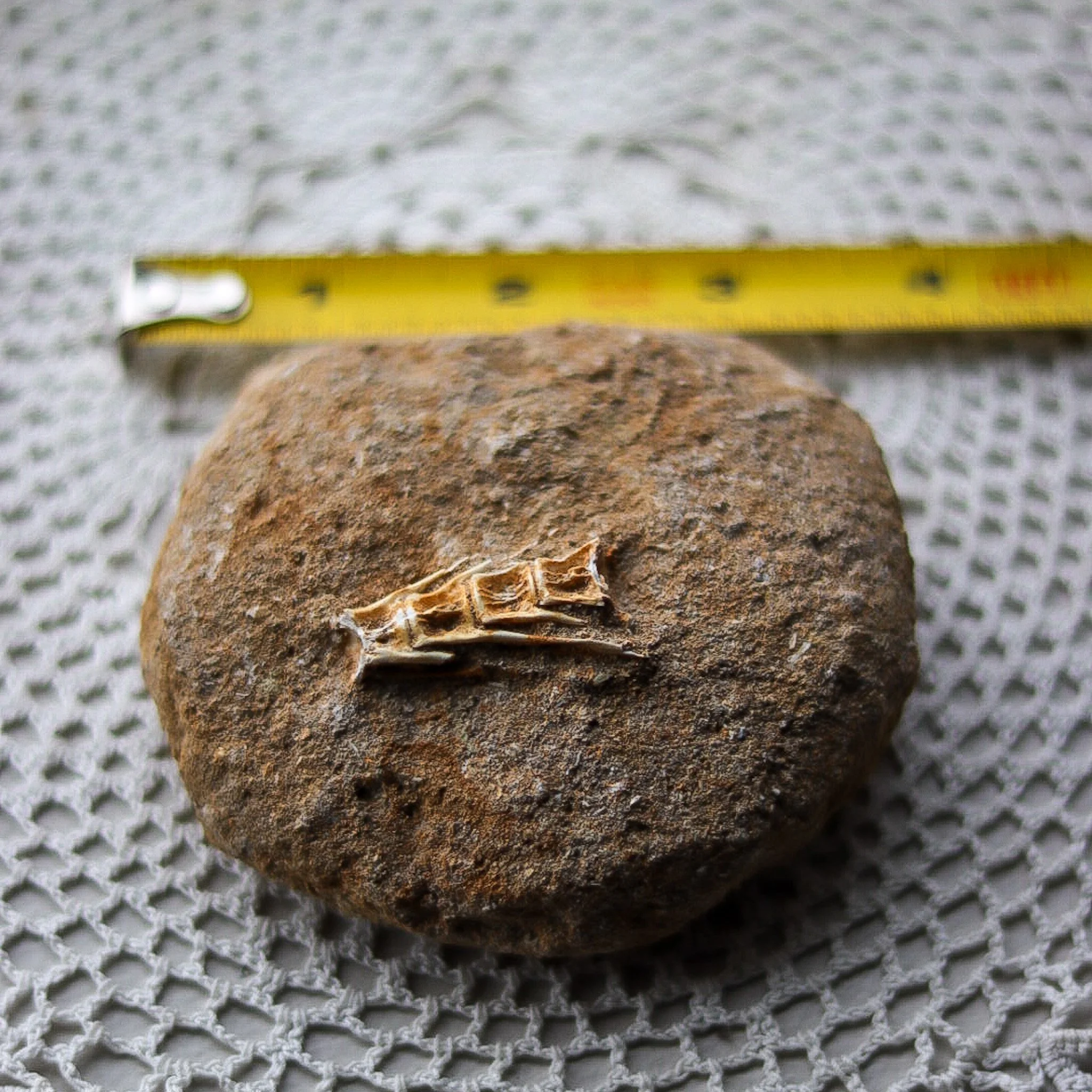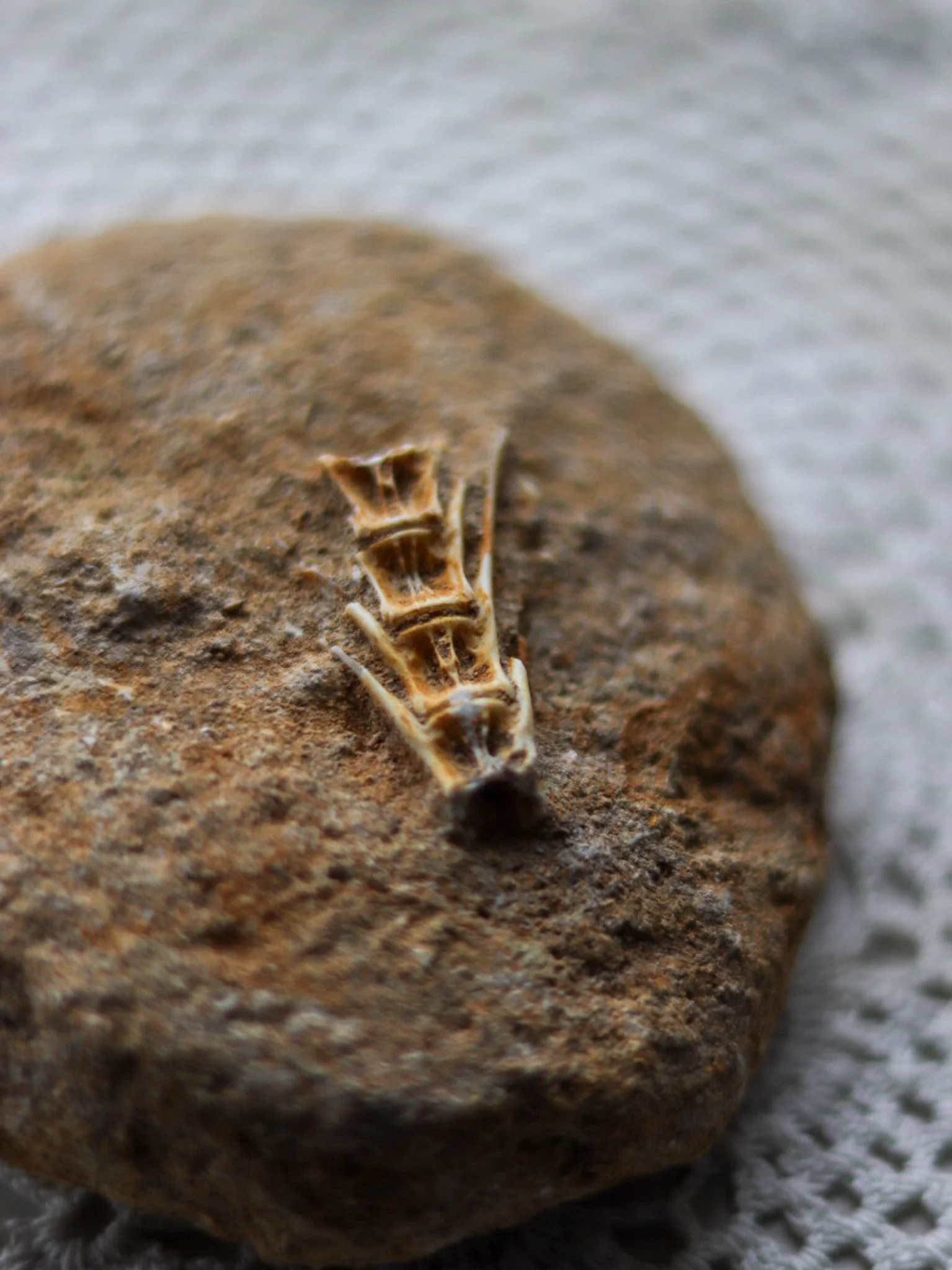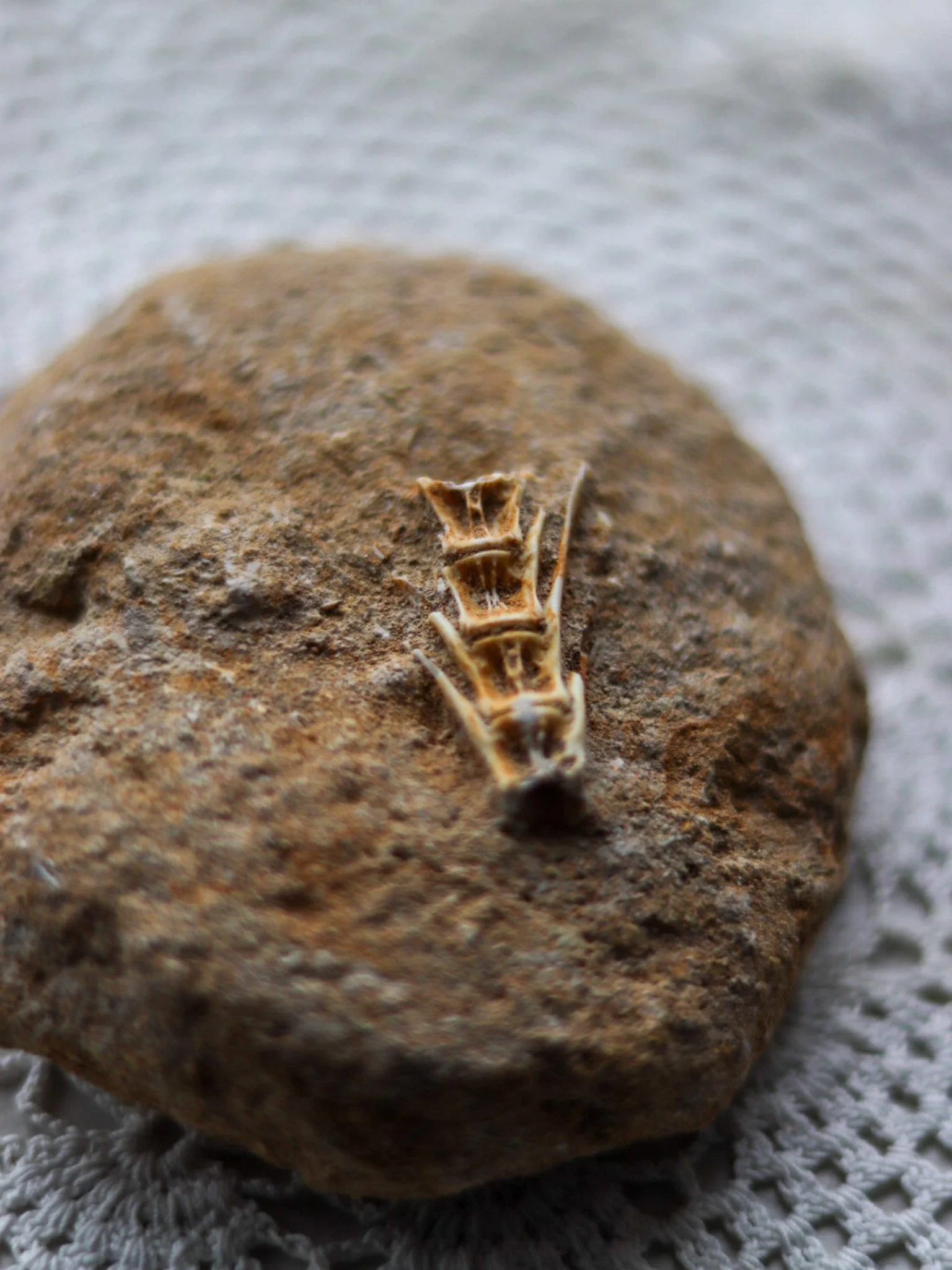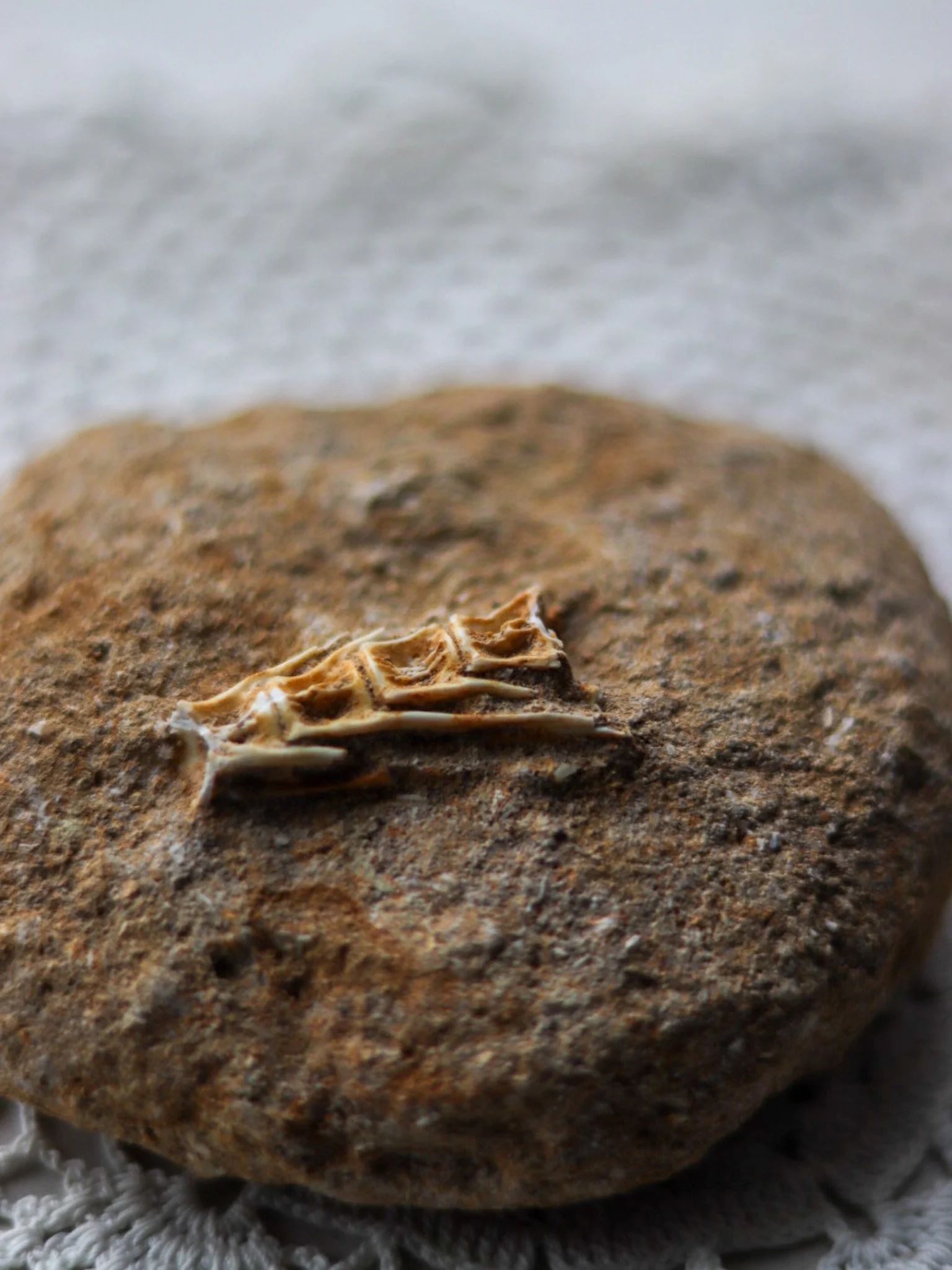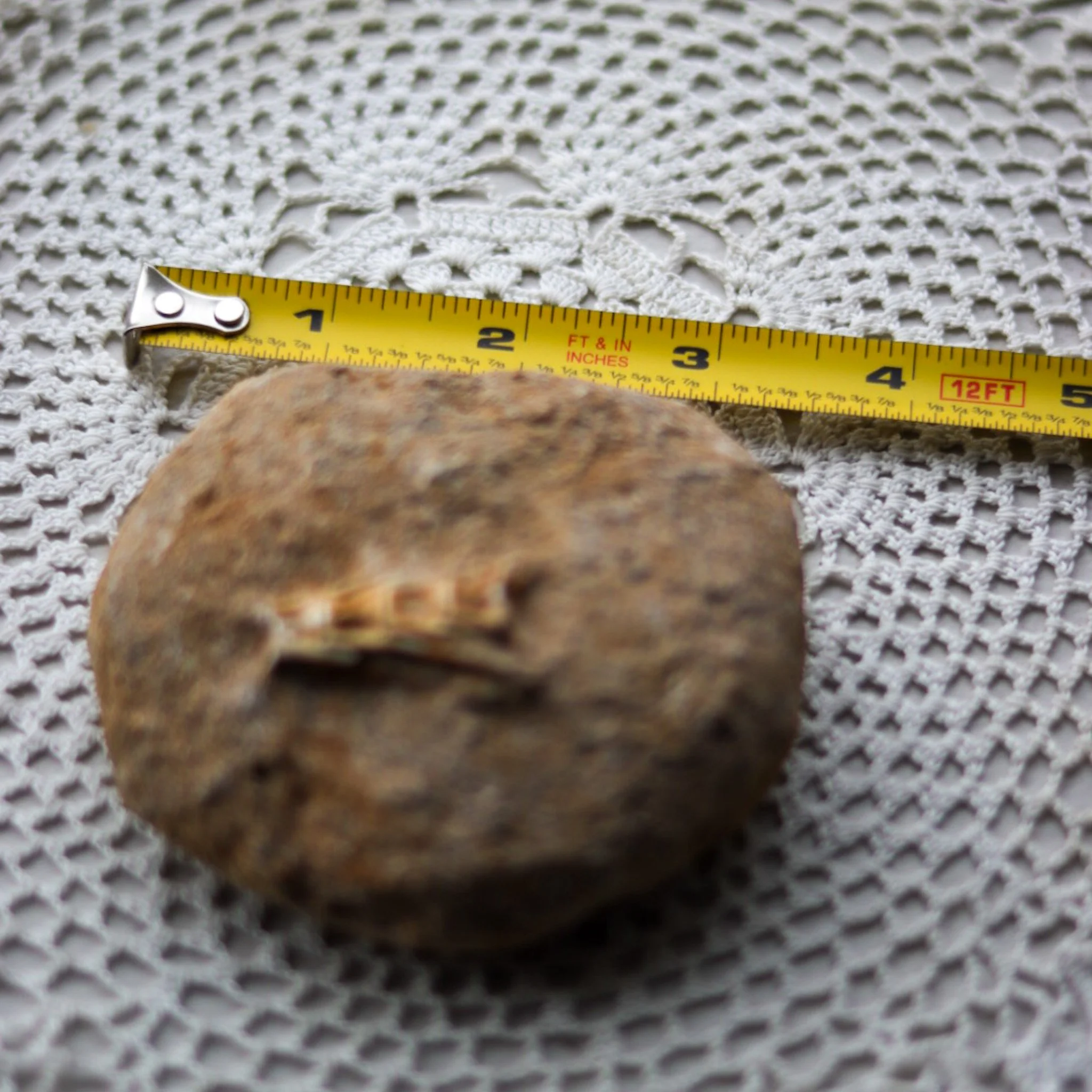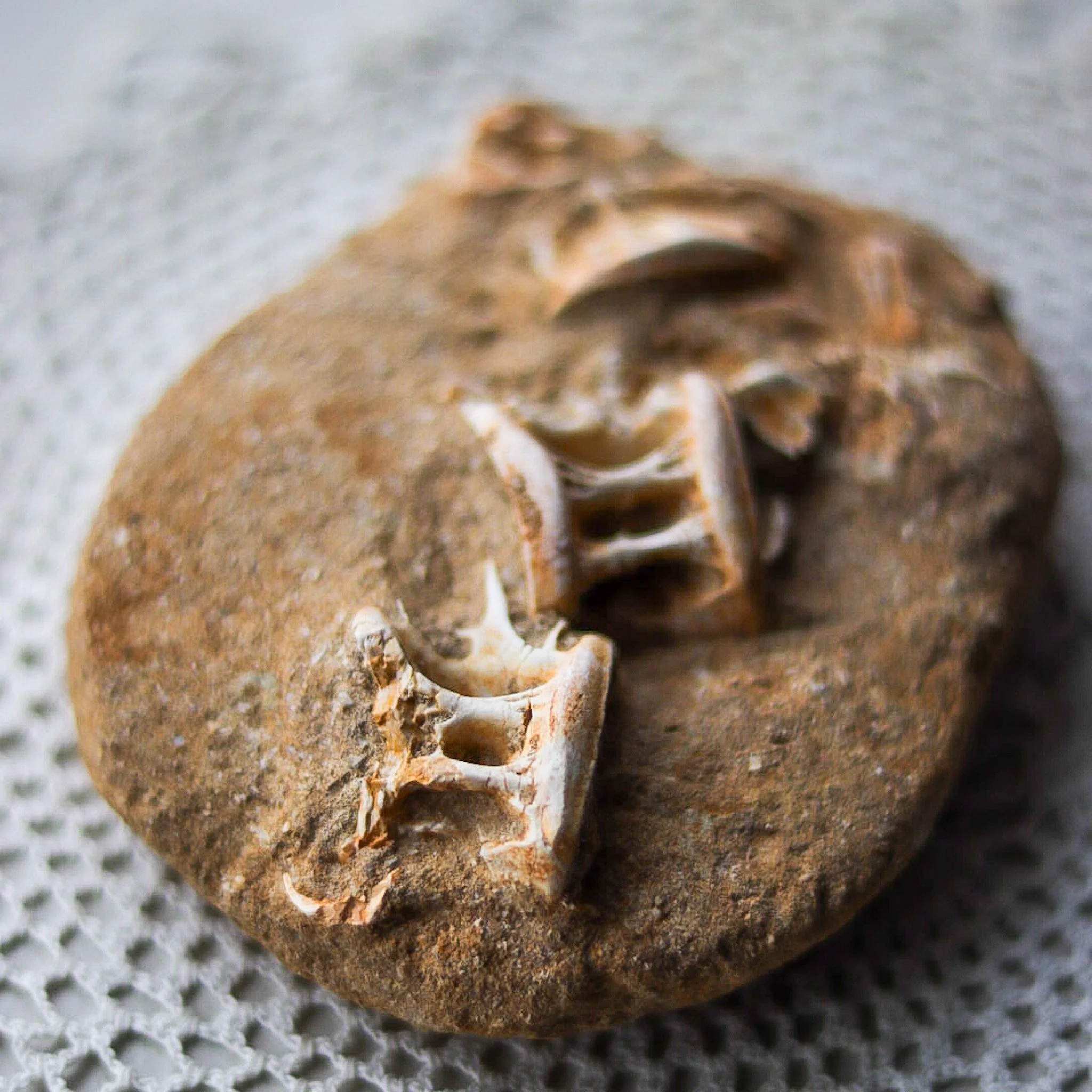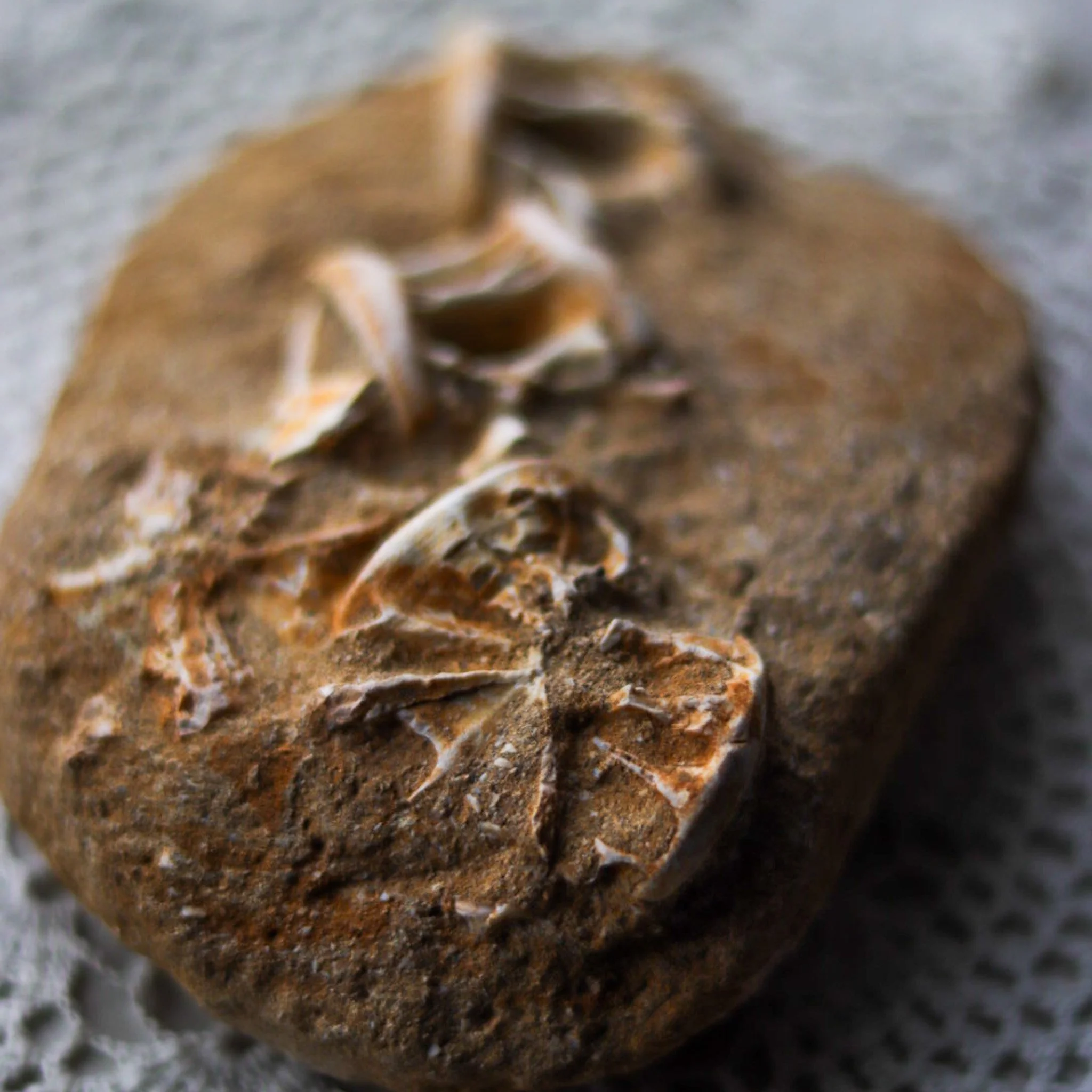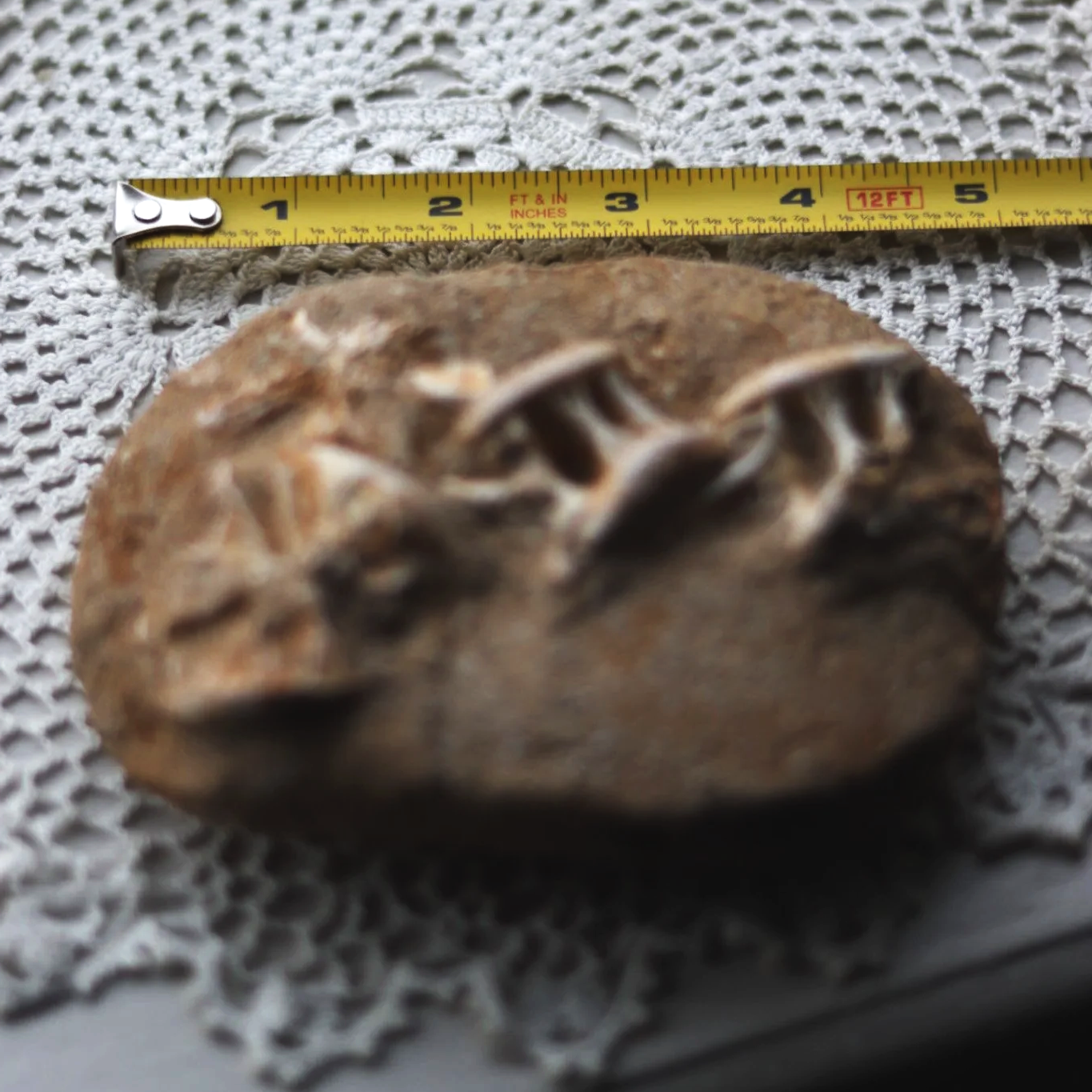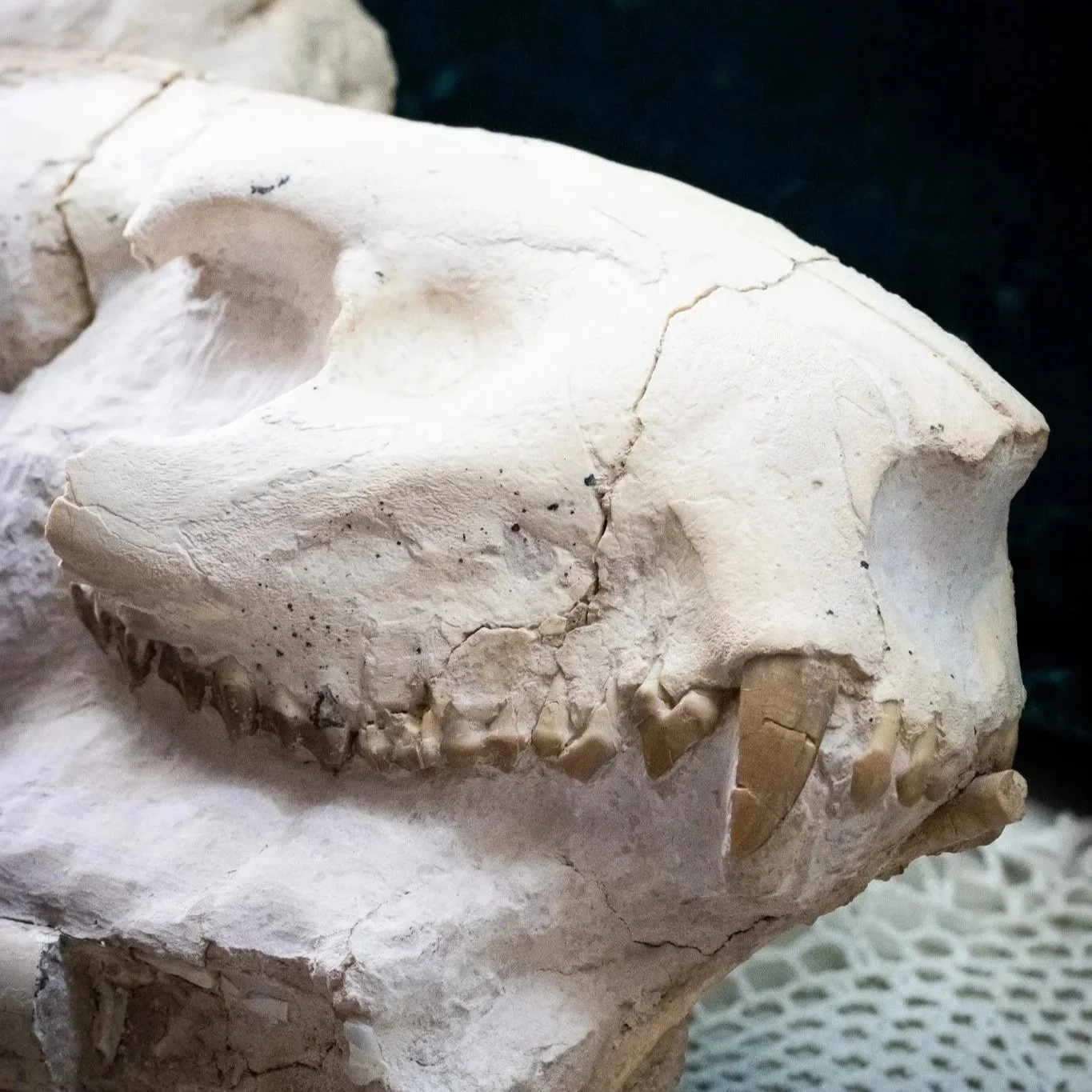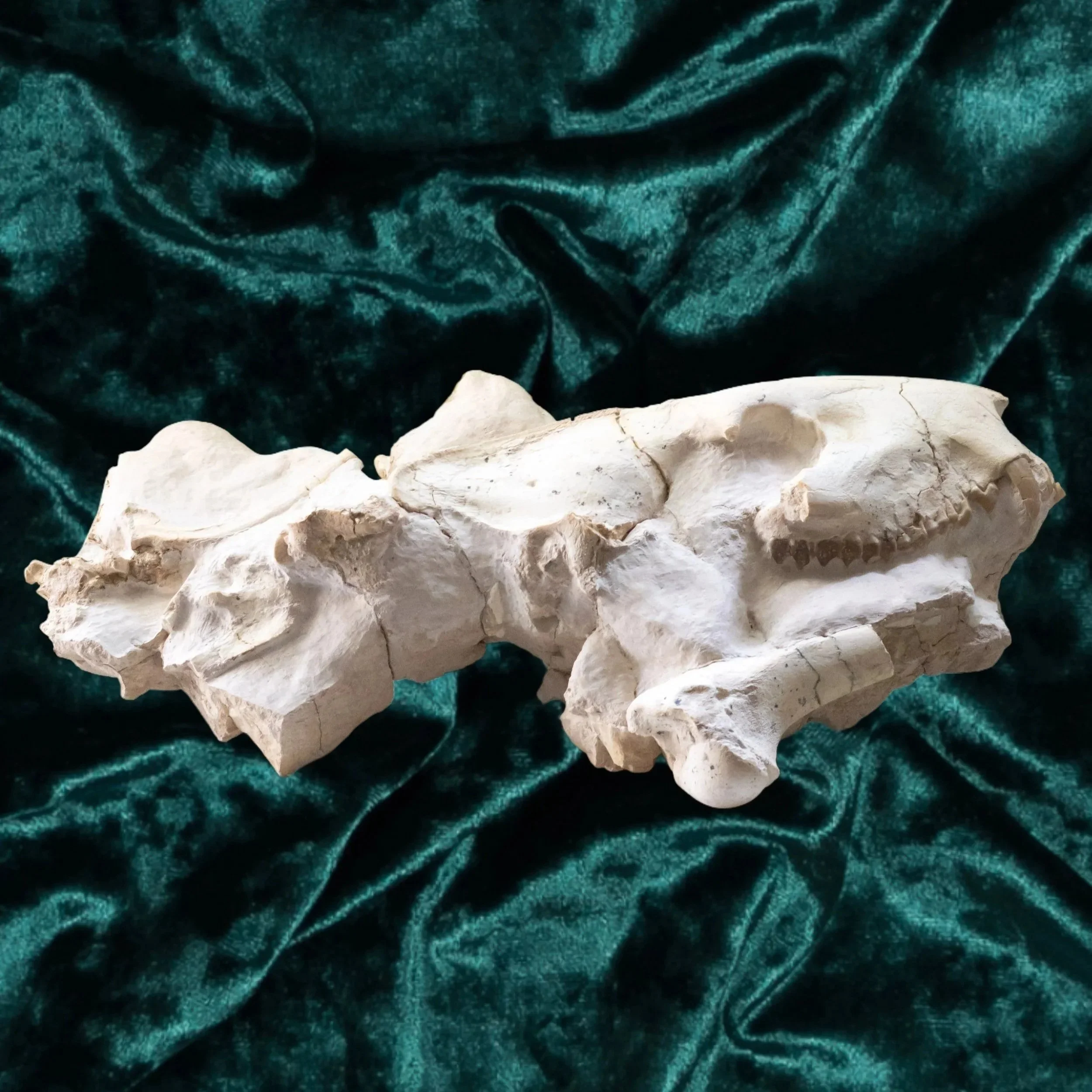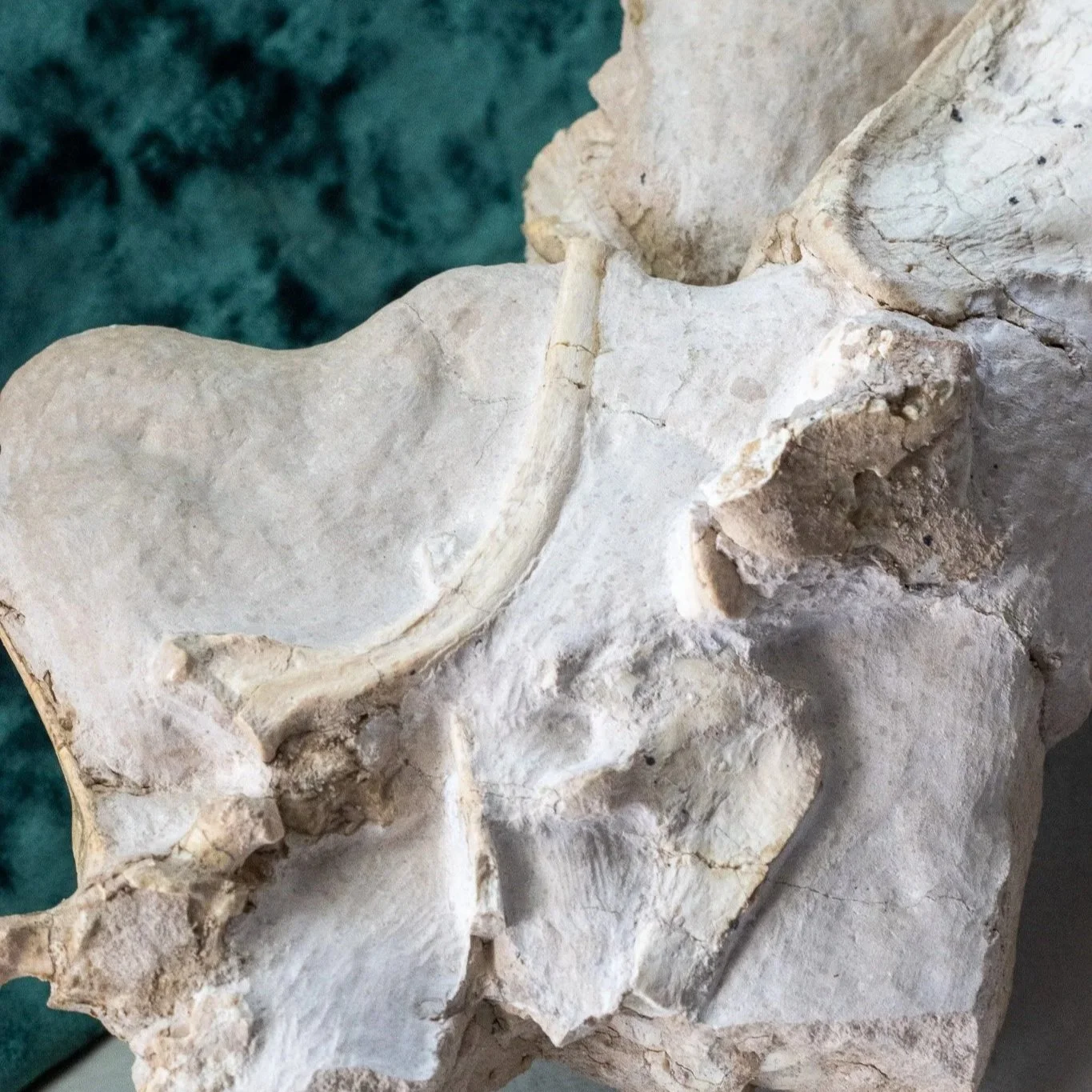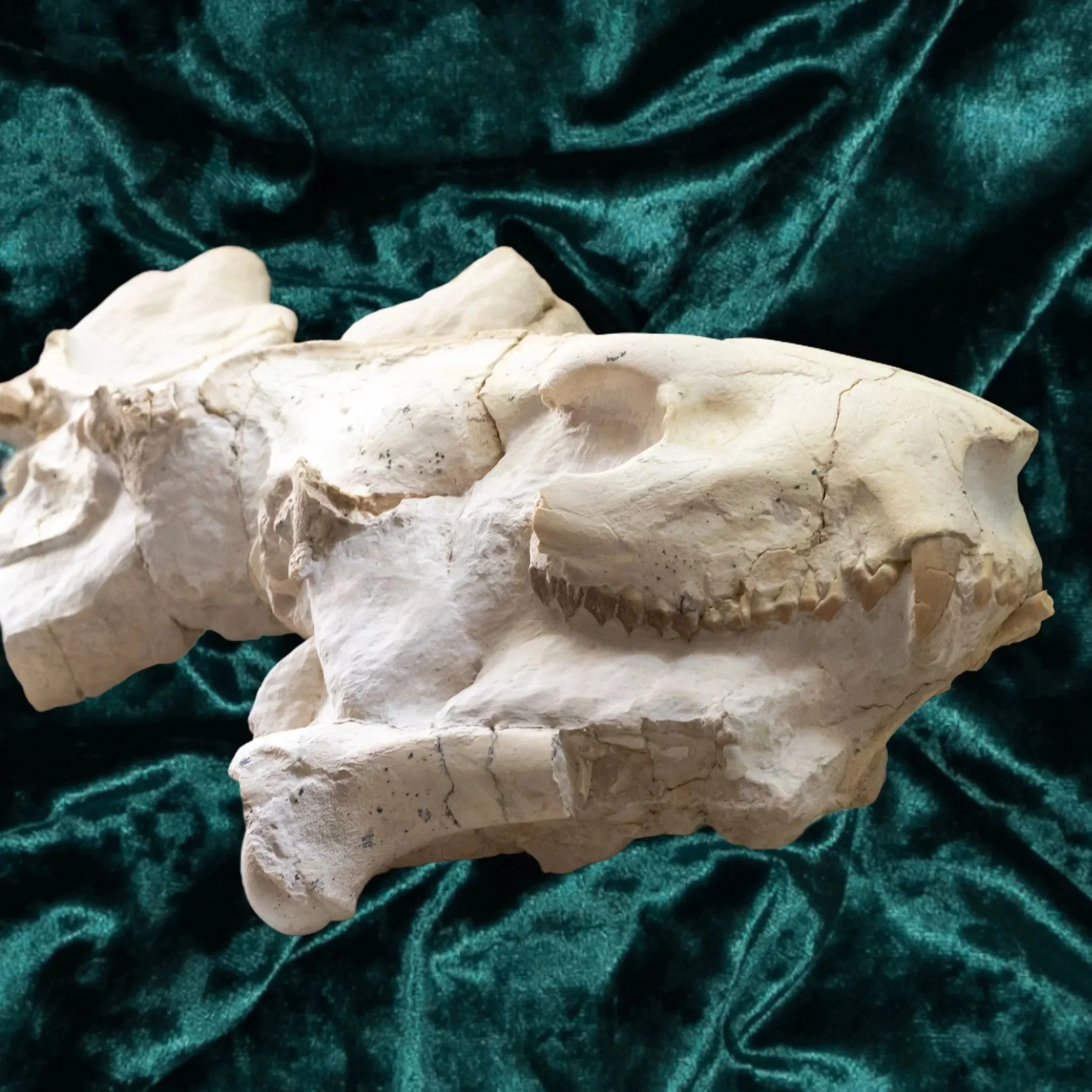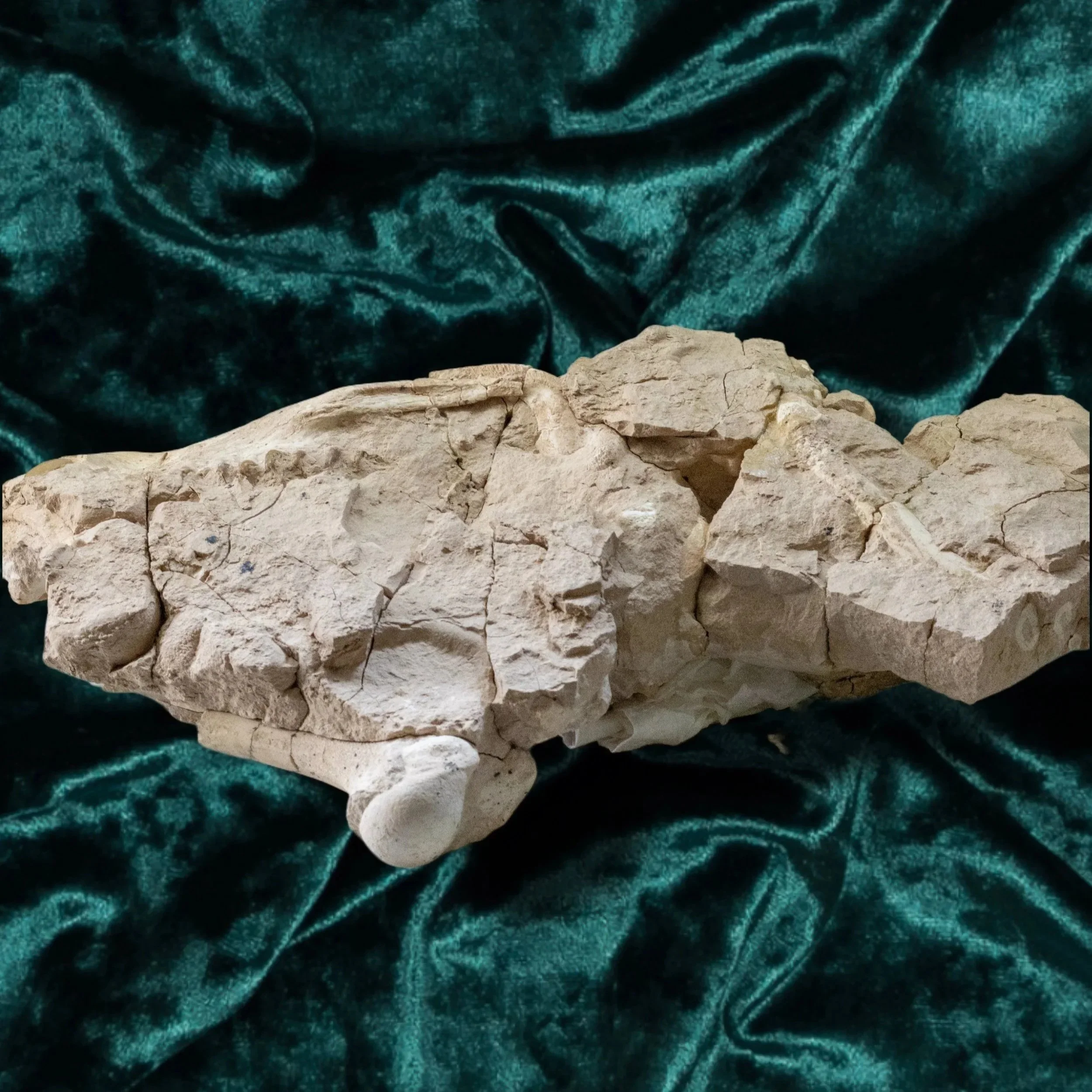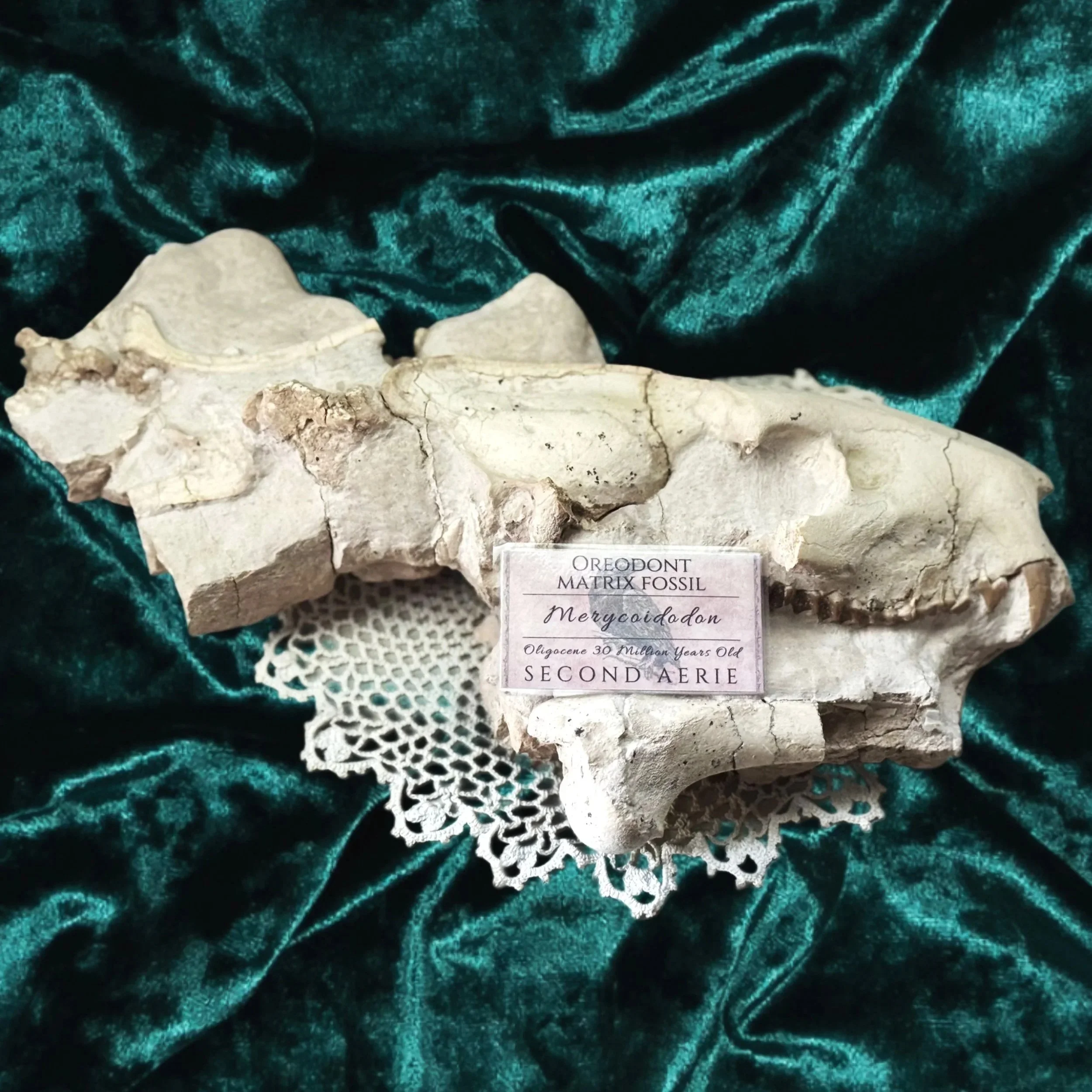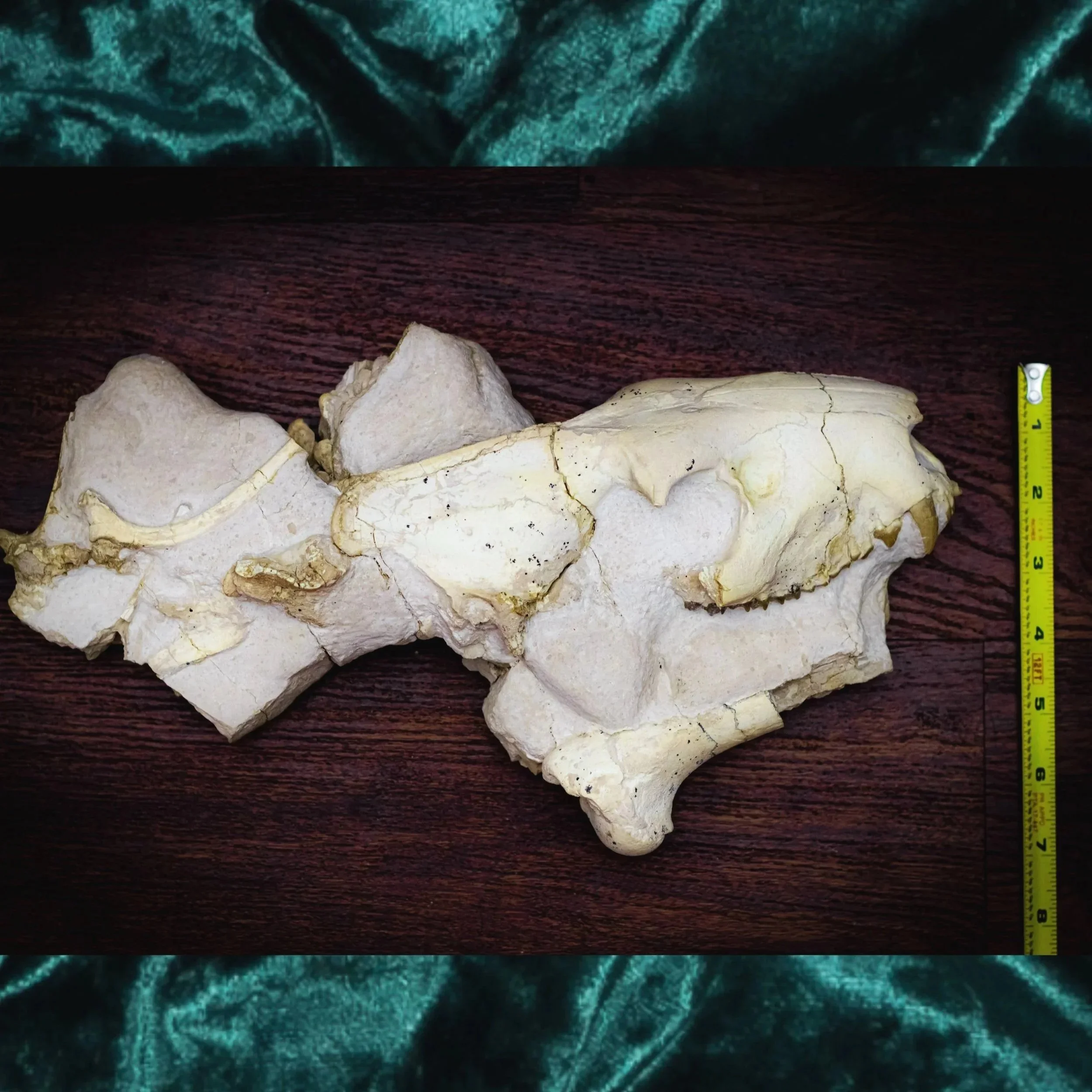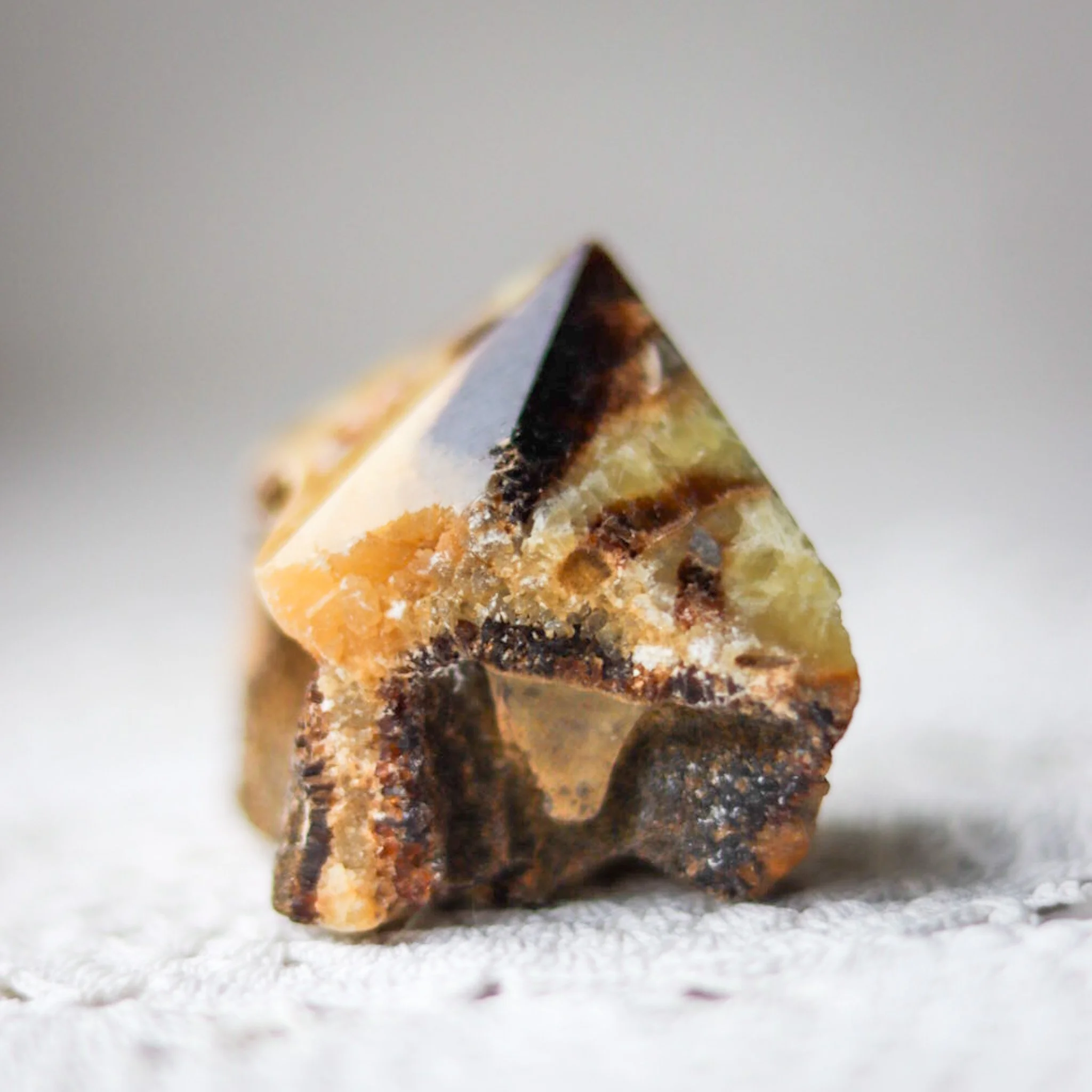 Image 1 of 5
Image 1 of 5

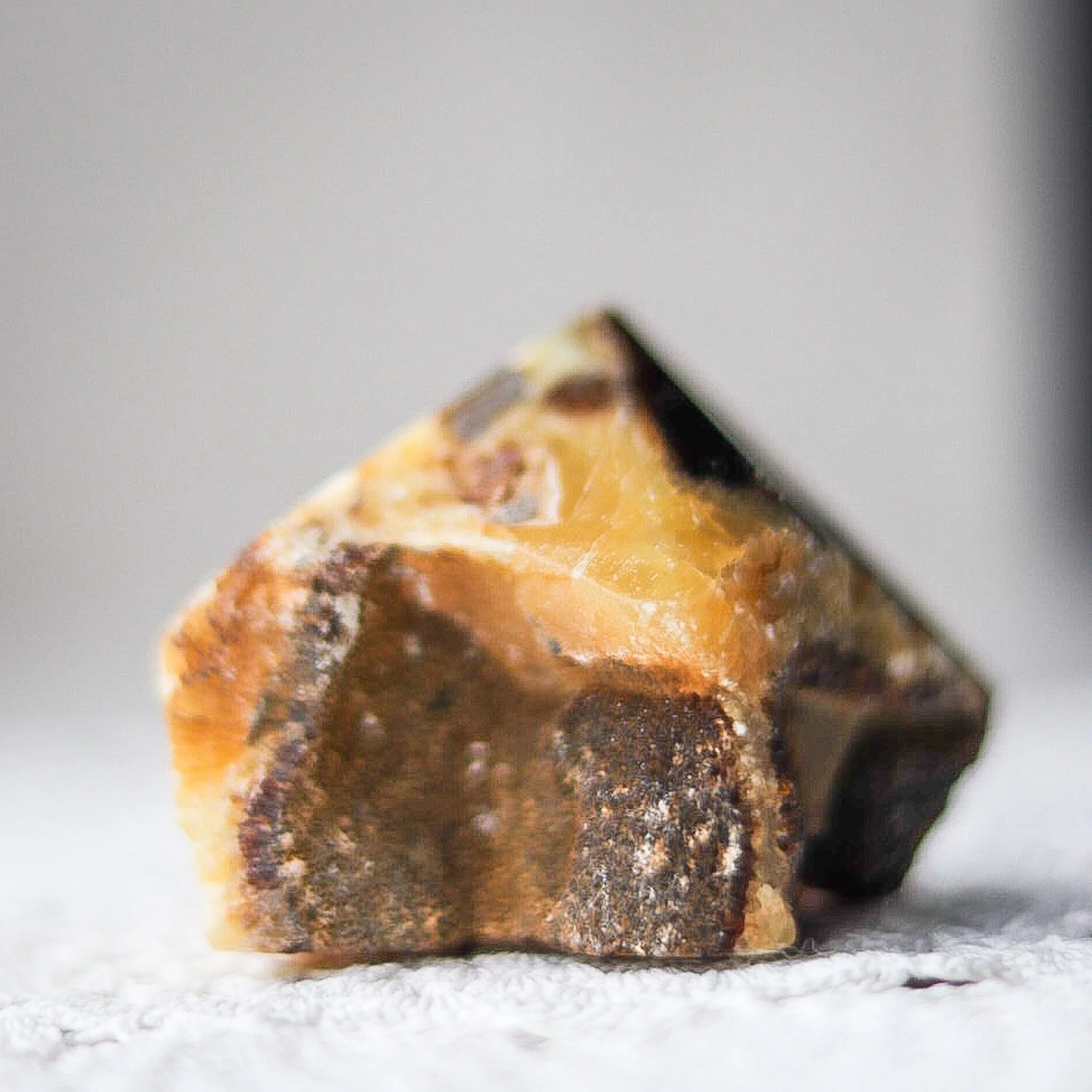 Image 2 of 5
Image 2 of 5

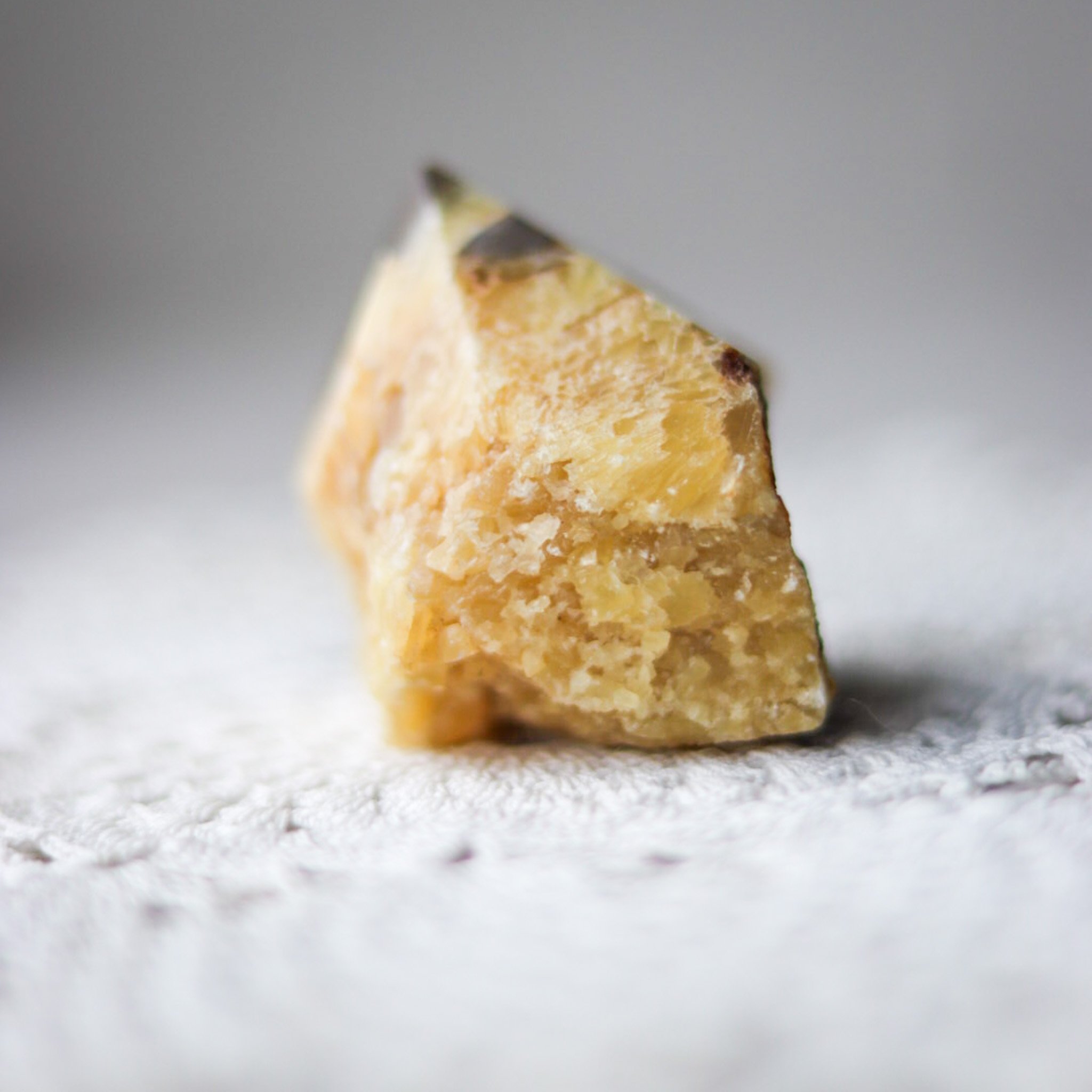 Image 3 of 5
Image 3 of 5

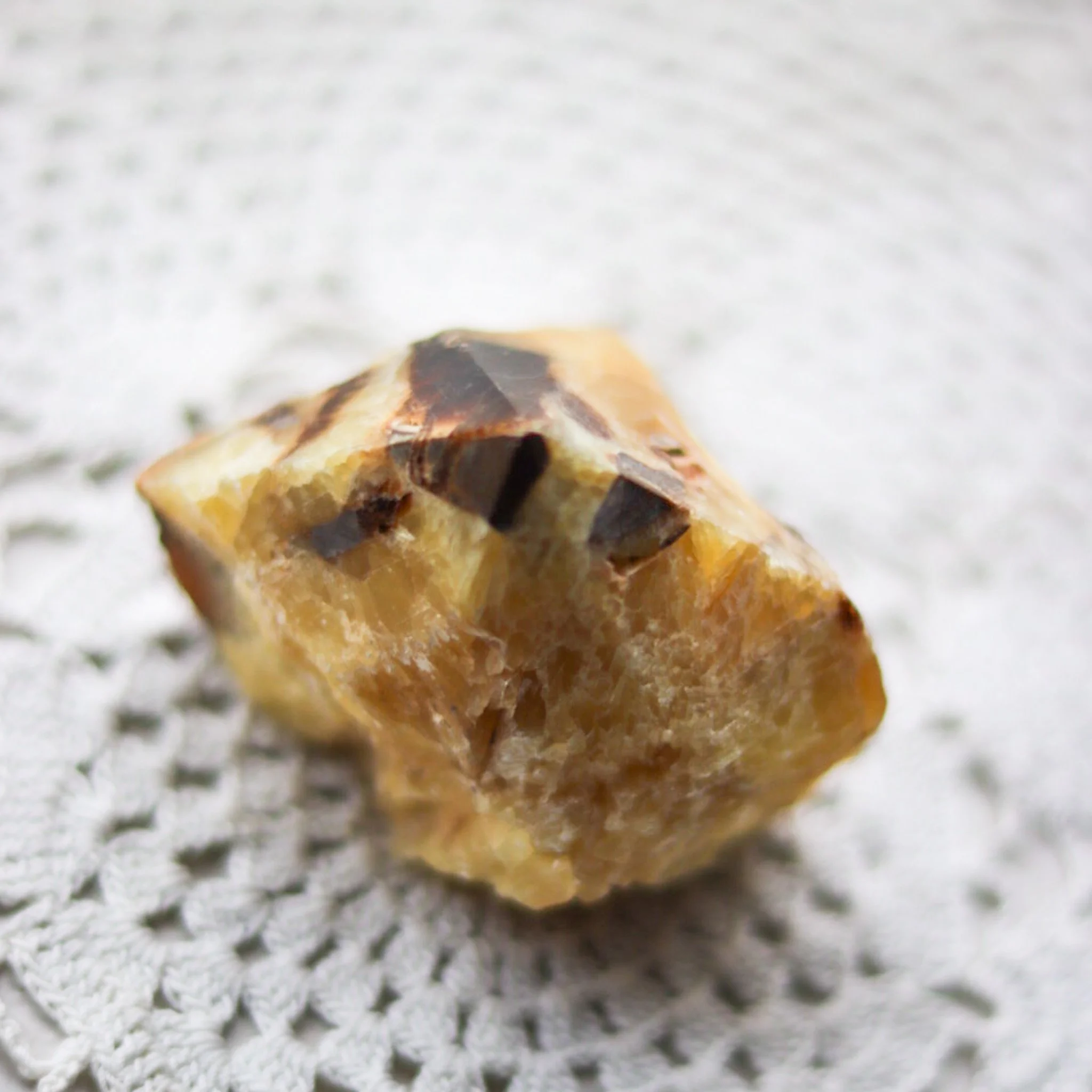 Image 4 of 5
Image 4 of 5

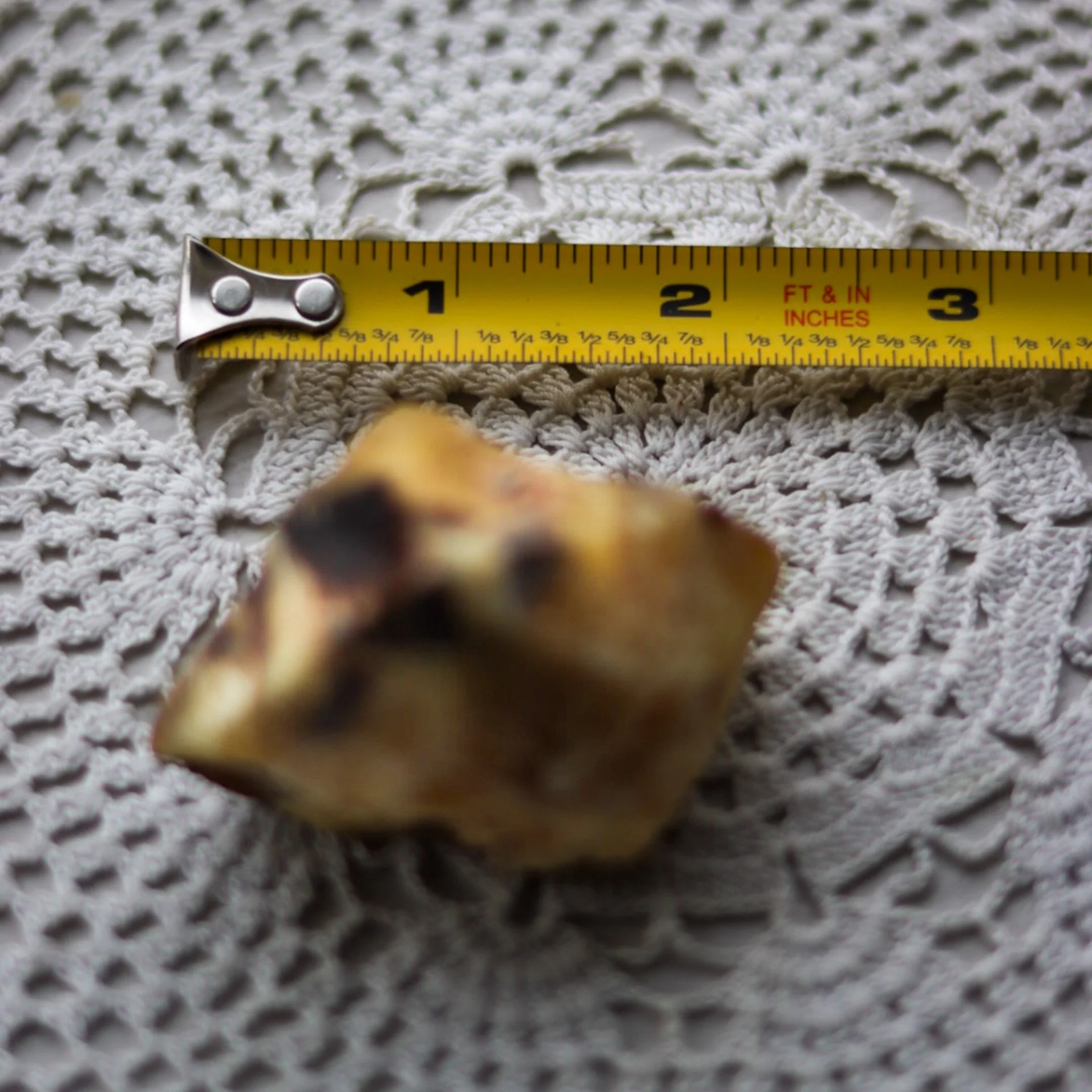 Image 5 of 5
Image 5 of 5






Septarian Point Fragment
These are one of the coolest rocks that actually form from decaying matter! Septarian rock, also known as a septarian nodule or dragon stone, is a sedimentary rock concretion that formed 50-70 million years ago around a decaying sea creature or plant. It is characterized by cracks, called septaria, which are often filled with mineral-rich calcite crystals. These rocks are found in places like Madagascar, Morocco, and parts of the United States.
Formation and composition
Septarians form in marine environments. A mud bubble containing decaying organic matter hardens into a concretion. As the mud dried out, it cracked, and mineral-rich water seeped into the cracks to form crystals.
They are a combination of minerals, primarily limestone or mudstone on the outside, with cracks filled by calcite and aragonite.
Characteristics
Appearance: The outer shell is often a grey or tan limestone, while the internal cracks are filled with yellow calcite crystals. The name "septarian" comes from the Latin word "septum," meaning "partition," referring to the cracks.
Shape: They are typically spherical or ovoid.
Other names: They are sometimes called "dragon eggs" or "lightning stones".
Where they are found
Locations:
They are found globally, with notable deposits in Madagascar, Morocco, and the USA, particularly in Utah.
Geological context:
They form in layers of sedimentary rock and are often found in shale, siltstone, and sandstone.
Metaphysical and Healing Properties
In metaphysical practices, Septarian is considered a powerful grounding stone associated with the root, sacral, and solar plexus chakras. Believers use it to:
Enhance Communication: It is considered a "speaking stone" that can boost confidence and public speaking skills.
Promote Emotional Healing: It is believed to absorb negative energy, encourage patience and tolerance, and help heal emotional trauma.
Instill Strength: Nicknamed "Dragon Stone," it is thought to provide courage, inner strength, and resilience.
These are one of the coolest rocks that actually form from decaying matter! Septarian rock, also known as a septarian nodule or dragon stone, is a sedimentary rock concretion that formed 50-70 million years ago around a decaying sea creature or plant. It is characterized by cracks, called septaria, which are often filled with mineral-rich calcite crystals. These rocks are found in places like Madagascar, Morocco, and parts of the United States.
Formation and composition
Septarians form in marine environments. A mud bubble containing decaying organic matter hardens into a concretion. As the mud dried out, it cracked, and mineral-rich water seeped into the cracks to form crystals.
They are a combination of minerals, primarily limestone or mudstone on the outside, with cracks filled by calcite and aragonite.
Characteristics
Appearance: The outer shell is often a grey or tan limestone, while the internal cracks are filled with yellow calcite crystals. The name "septarian" comes from the Latin word "septum," meaning "partition," referring to the cracks.
Shape: They are typically spherical or ovoid.
Other names: They are sometimes called "dragon eggs" or "lightning stones".
Where they are found
Locations:
They are found globally, with notable deposits in Madagascar, Morocco, and the USA, particularly in Utah.
Geological context:
They form in layers of sedimentary rock and are often found in shale, siltstone, and sandstone.
Metaphysical and Healing Properties
In metaphysical practices, Septarian is considered a powerful grounding stone associated with the root, sacral, and solar plexus chakras. Believers use it to:
Enhance Communication: It is considered a "speaking stone" that can boost confidence and public speaking skills.
Promote Emotional Healing: It is believed to absorb negative energy, encourage patience and tolerance, and help heal emotional trauma.
Instill Strength: Nicknamed "Dragon Stone," it is thought to provide courage, inner strength, and resilience.
